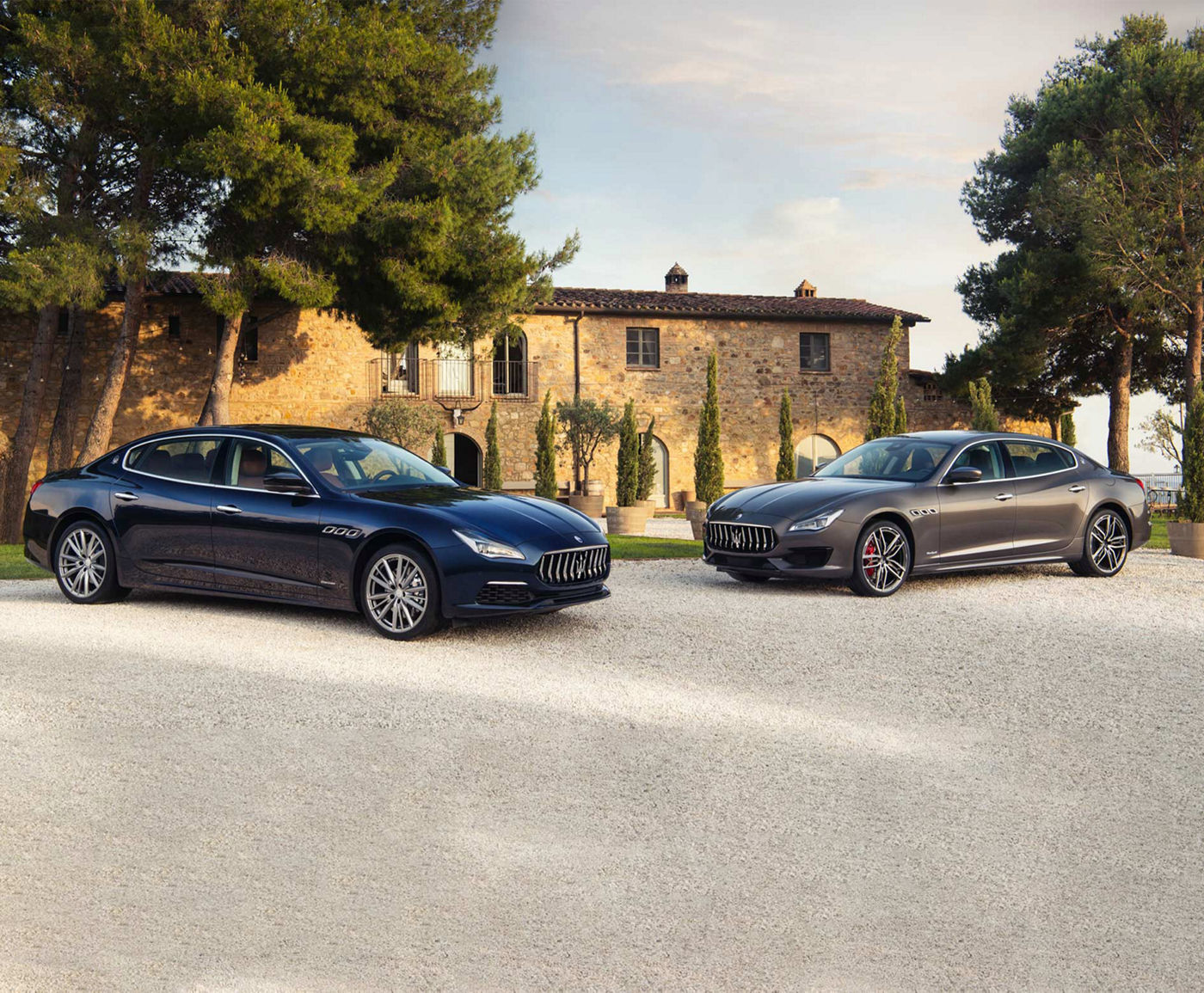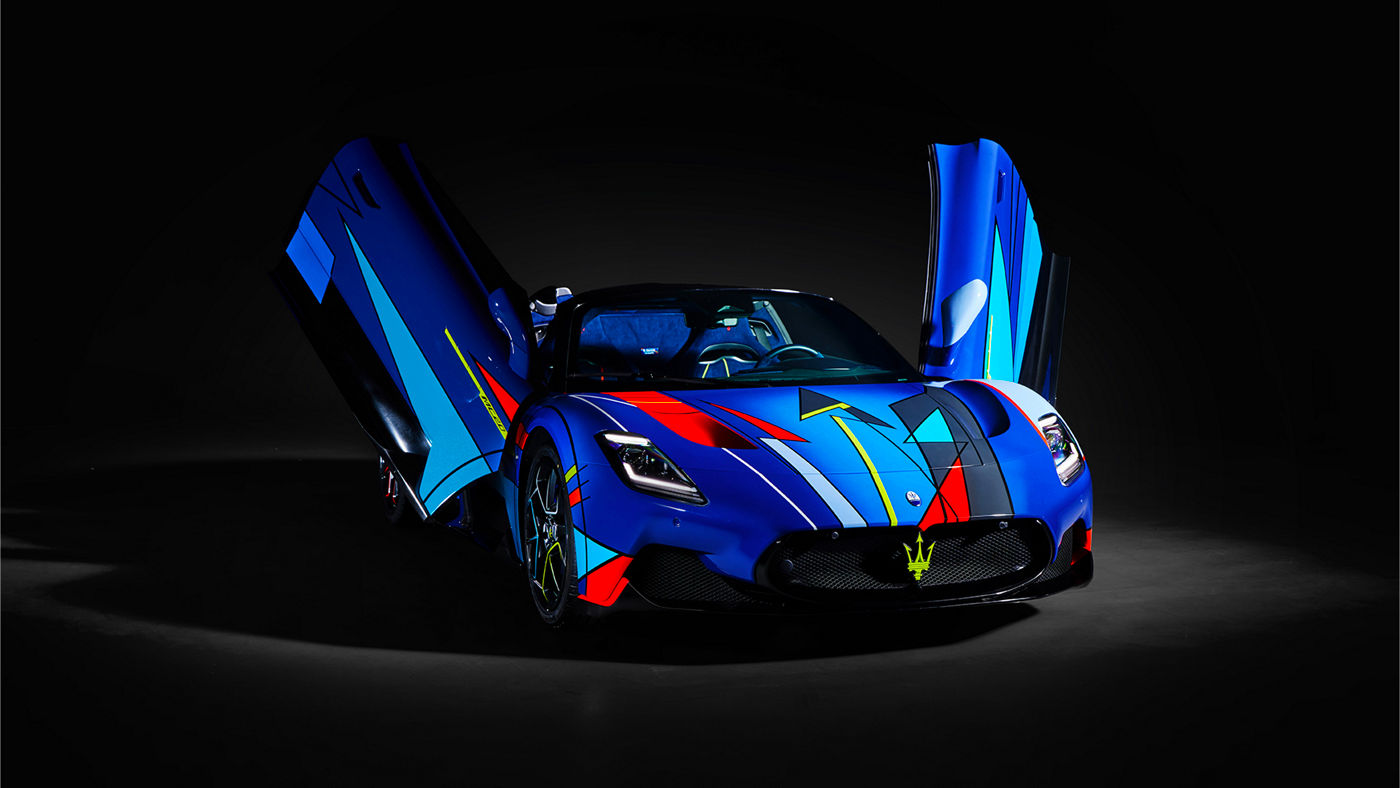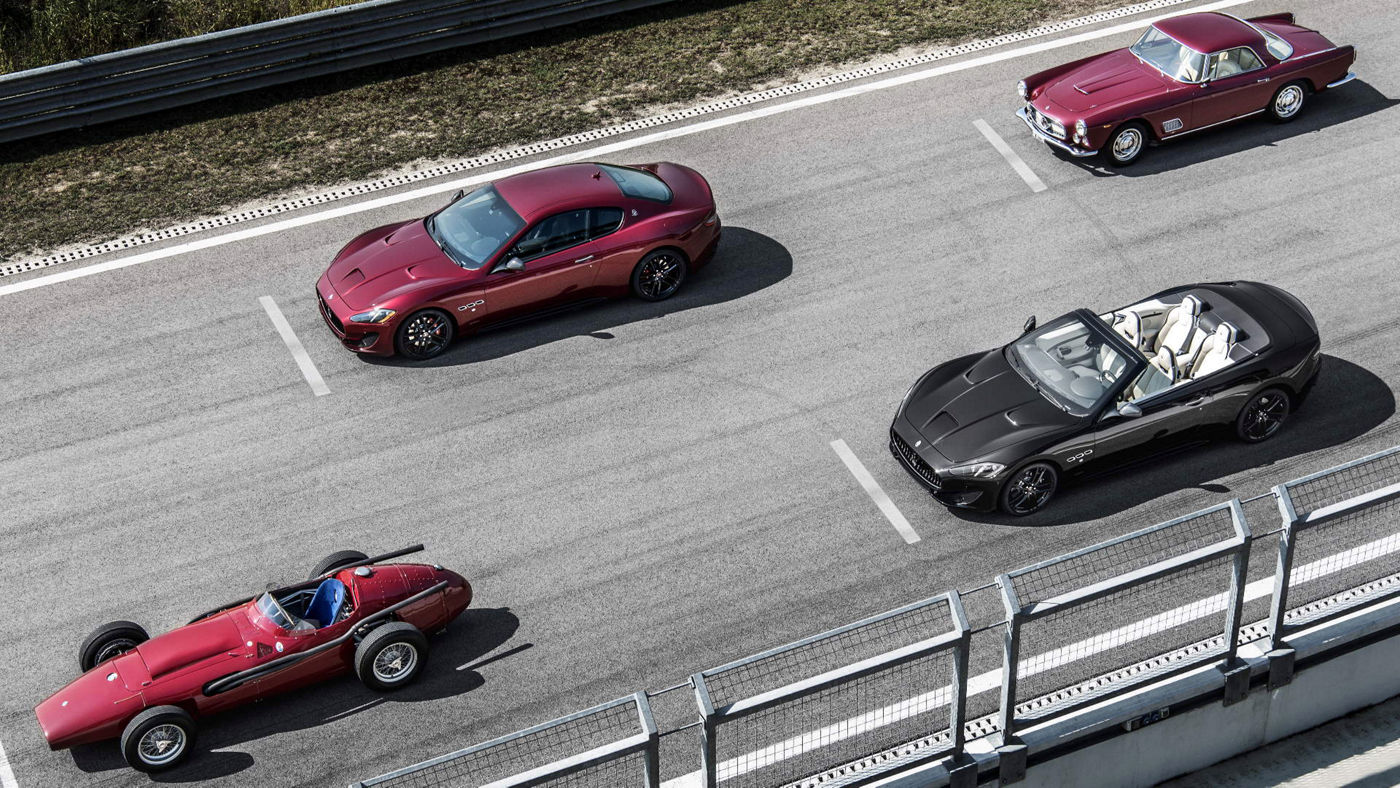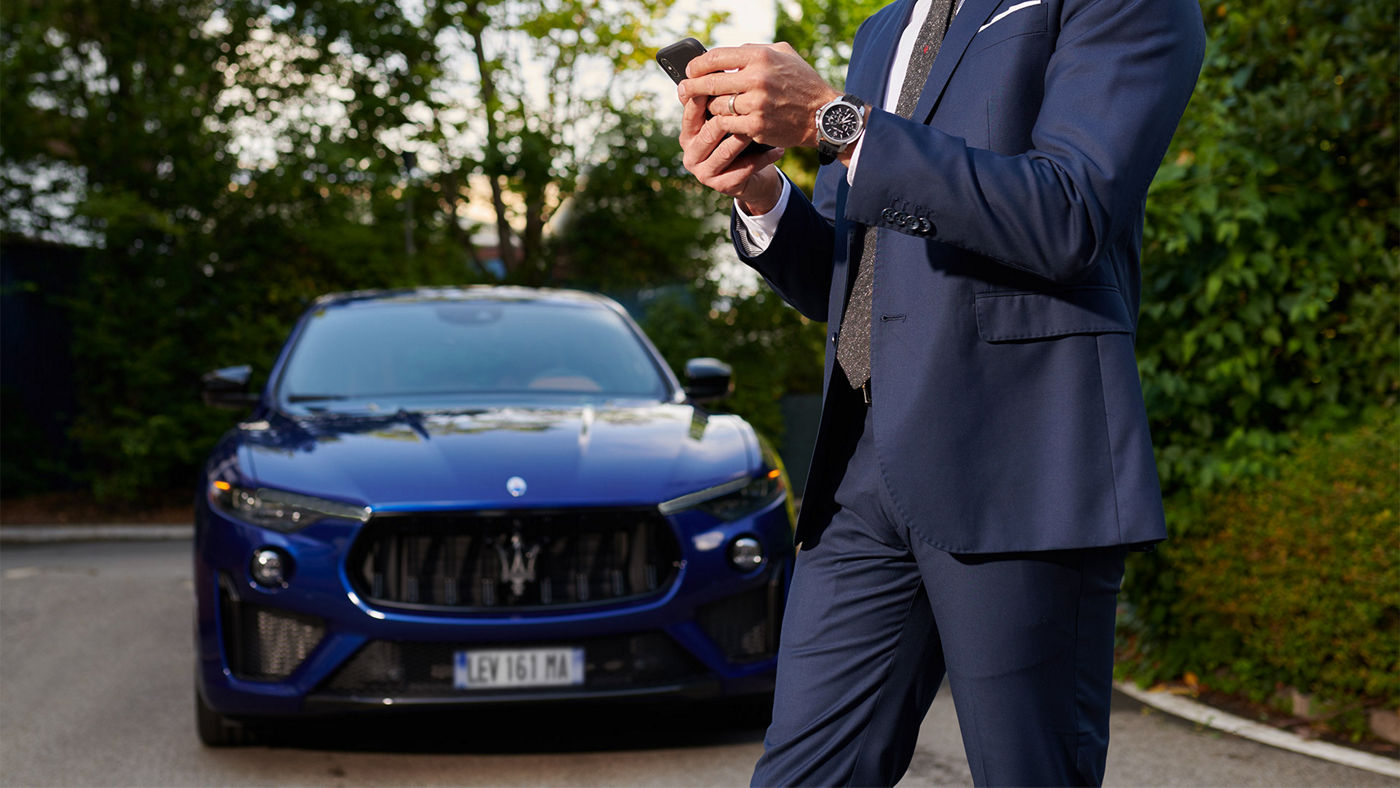VIEW ALL
BEV
Sports Cars
Track Only
GRECALE
GRANTURISMO
GRANCABRIO
MCPURA
MCPURA CIELO
GT2 STRADALE
GT2
MCXTREMA
Sonderserie

Everyday Exceptional
Abbildung zeigt: Grecale Folgore Stromverbrauch (WLTP): kombiniert in kWh/100 km: 25,0-20,9* // CO₂-Emissionen: kombiniert 0 g/km* // Elektrische Reichweite in km: 485-580* // CO₂-Klasse: A
Top Speed
Acceleration
Acceleration
Power

The Others Just Travel.
GranTurismo Folgore Stromverbrauch (WLTP): kombiniert in kWh/100 km: 23,1-22,1* // CO₂-Emissionen: kombiniert 0 g/km* // Elektrische Reichweite in km: 433-455* // CO₂-Klasse: A
Top Speed
Acceleration
Acceleration
Power

Drive Like the Best Is Yet to Come
GranCabrio Folgore Stromverbrauch (WLTP): kombiniert in kWh/100 km: 23,7-22,3* // CO₂-Emissionen: kombiniert 0 g/km* // Elektrische Reichweite in km: 419-449* // CO₂-Klasse: A
Top Speed
Acceleration
Acceleration
Power

Pure coupé energy
MCPura Kraftstoffverbrauch (WLTP): kombiniert 11,5 l/100 km* // CO₂-Emissionen: kombiniert 261 g/km* // CO₂-Klasse: G
Top Speed
Acceleration
Acceleration
Power

Cielo, Unbound
MCPura Cielo Kraftstoffverbrauch (WLTP): kombiniert 11,7 l/100 km* // CO₂-Emissionen: kombiniert 265 g/km* // CO₂-Klasse: G
Top Speed
Acceleration
Acceleration
Power

Racing is Life
GT2 Stradale Kraftstoffverbrauch (WLTP): kombiniert 11,6 l/100 km* // CO₂-Emissionen: kombiniert 265 g/km* // CO₂-Klasse: G
Top Speed
Acceleration
Acceleration
Power


Über uns
Fuoriserie maßgeschneidert
Experiences
Vollelektrische Modellreihe
Motorsport
Partners
Stories of Audacity
Latest from the Tridente






GranCabrio Folgore Stromverbrauch (WLTP): kombiniert in kWh/100 km: 23,7-22,3* // CO₂-Emissionen: kombiniert 0 g/km* // Elektrische Reichweite in km: 419-449* // CO₂-Klasse: A


Händlersuche
Dienstleistungen für Eigentümer
Maserati Store

GT2 Stradale Kraftstoffverbrauch (WLTP): kombiniert 11,6 l/100 km* // CO₂-Emissionen: kombiniert 265 g/km* // CO₂-Klasse: G

Fahrzeug hat keine Straßenzulassung

Konfigurieren
Gebrauchtwagen
Finanzdienstleistungen













































